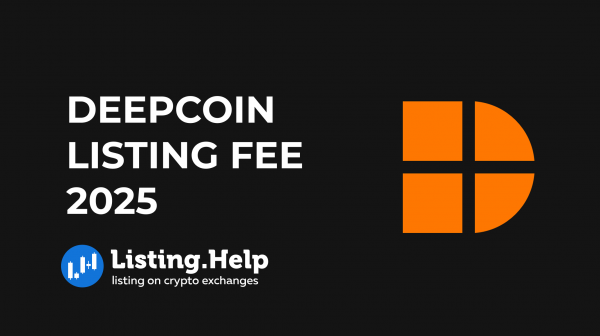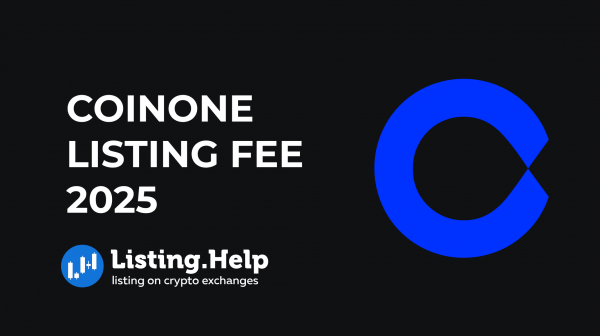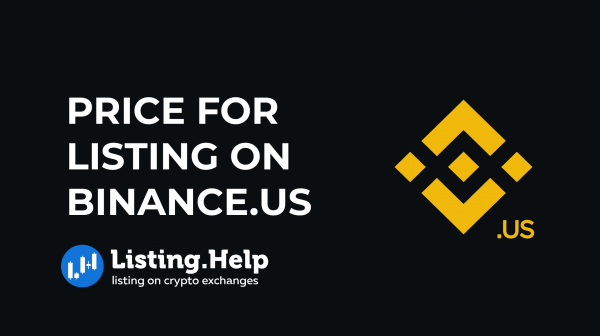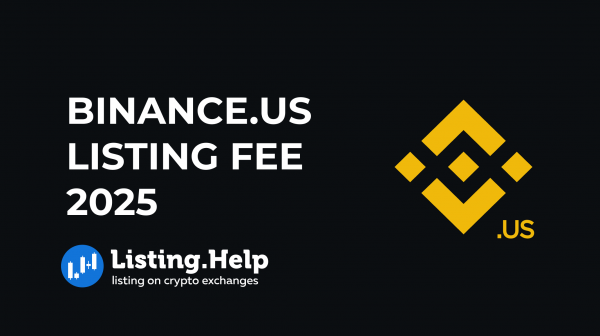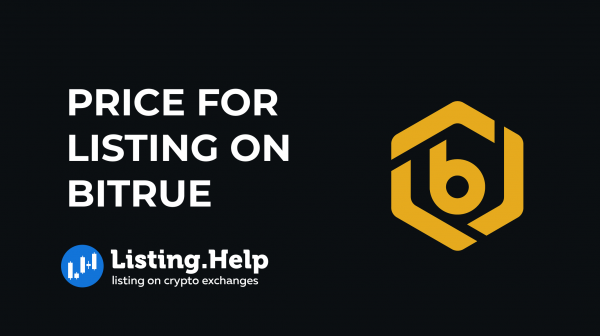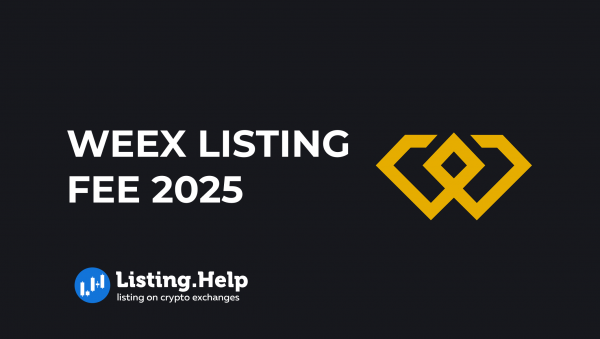Top Ethereum ZK Rollup Projects for 2025
 June 2, 2025
June 2, 2025 Updated: June 2 2025, 11:32
Updated: June 2 2025, 11:32
LEAVE A REQUEST
Launching your own token project? Our experts are ready to help with listing on exchanges, market making, marketing and other solutions
SUBMIT APPLICATIONEthereum has become the go-to platform for decentralized applications, reshaping how we think about finance, ownership, and online infrastructure. But that growth hasn’t come without issues. As more people use the network, it becomes slower and more expensive to transact.
The full rollout of Ethereum 2.0 is still in progress, and while it aims to address scalability, it’s not a complete fix just yet. In the meantime, Layer-2 solutions are proving to be the most practical way to help Ethereum handle real-world demand. For new projects building on these networks, understanding the token listing process is often a key part of launching successfully in the broader DeFi space.
One of the most promising developments in this area is the rise of ZK rollups — technology designed to make Ethereum faster and more efficient without sacrificing its core strengths.
What Are ZK Rollups?
ZK rollups are a scaling method that processes transactions away from the main Ethereum chain. Instead of handling each transaction one by one, they group many together and process them in bulk. This means the main chain does less work, freeing up space and keeping fees lower.
Think of Ethereum like a busy highway. ZK rollups act like service roads that handle most of the traffic, sending only the most essential information back to the main route. They rely on something called zero-knowledge proofs — a cryptographic technique that confirms a transaction happened without sharing all the details behind it.
These proofs are small, fast, and highly secure. They drastically cut down on the data Ethereum needs to store, which speeds up the whole system. Zero-knowledge proofs work based on three main principles: completeness, soundness, and, of course, privacy.
How Does a ZK Rollup Work?
ZK rollups combine on-chain and off-chain components to keep things fast and secure. Here’s a breakdown of how they function:
- On-Chain Smart Contracts: These are the rules. They live on Ethereum and decide how ZK rollup transactions are supposed to work.
- Off-Chain Processing: Most of the work — like verifying and grouping transactions — happens outside of Ethereum itself. This is what saves time and money.
- Proof Creation: A single cryptographic proof is created for each batch of transactions. This proof confirms that all the included transactions follow the rules.
- Proof Submission: The proof is sent back to Ethereum, where it gets verified. Once that happens, the batch is finalized, and the mainnet can move on.
By offloading the bulk of the activity and only returning the necessary proof, ZK rollups ease congestion, reduce fees, and allow Ethereum to support far more users and applications than it could on its own.
Sure, here’s a complete rewrite that sticks closely to the original meaning and length, but restructures the text with a more natural, professional tone — less robotic, no buzzwords, and avoids the terms and phrases you wanted to skip:
Top Ethereum ZK Rollup Projects
The ZK rollup space on Ethereum is gaining traction, with several projects pushing ahead in both adoption and innovation. Below are some of the more prominent Layer-2 solutions that are shaping this part of the ecosystem:
1. Manta Network (Manta Pacific)
- TVL: $851 million
- Launch: September 2023 (Testnet)
- Token: MANTA — used for staking, governance, and transaction fees
Manta Network focuses on private transactions in the DeFi space. Its Ethereum-based Layer-2, Manta Pacific, uses zk-SNARKs to protect transaction details without compromising verification. Since launching, it’s moved quickly up the ranks in terms of total value locked, even surpassing Base by Coinbase.
With zk-SNARKs, Manta enables private swaps and transfers while still making the transactions provably valid. None of the sensitive information — like amounts or token types — is exposed on-chain.
Notable Feature: Manta places strong emphasis on privacy and cross-chain support, aiming to bring confidential transactions to various DeFi platforms beyond Ethereum.
2. Linea
- TVL: $202 million
- Launch: August 2023
- Token: LINEA — utility still to be defined
Linea is built to reduce transaction costs and improve speed using zk-SNARKs. Transactions are handled off-chain, grouped, and then submitted to Ethereum as a single proof. A token airdrop is scheduled for early 2024, but the exact role of the token hasn’t been clarified.
Developer accessibility is another focus — Linea makes it easier for teams to build dApps without having to leave familiar Ethereum tools behind.
Notable Feature: Linea focuses on throughput and performance, making it attractive for applications that need to process large volumes efficiently.
3. Polygon zkEVM
- TVL: $115 million
- Launch: March 2023 (Mainnet Beta)
- Token: MATIC — used for gas fees and governance
Part of the wider Polygon suite, zkEVM is designed to extend Ethereum’s scalability while keeping compatibility with the EVM. It runs computations off-chain and then proves them with zero-knowledge proofs back on Ethereum.
Its advantage lies in being developer-friendly. Because it mirrors Ethereum’s existing environment, most apps and contracts can move to zkEVM without major changes.
Notable Feature: zkEVM’s support for existing Ethereum tools makes it easy for developers to migrate or scale their applications with minimal friction.
4. StarkNet
- TVL: $170 million
- Launch: February 2022
- Token: STRK — used for fees, staking, and governance
StarkNet is built using STARKs, a different type of zero-knowledge proof that doesn’t rely on trusted setup and is resistant to quantum attacks. Transactions are handled off-chain and verified on Ethereum using these proofs, allowing for a high degree of scalability.
StarkNet supports general computation, so developers can build complex smart contracts and apps with fewer limitations.
Notable Feature: The use of STARKs offers strong security and future-proofing, along with better scalability than many other approaches.
5. zkSync Era
- TVL: $555 million
- Launch: March 2023 (Full Mainnet)
- Token: ZKS — used for governance, staking, and transaction fees
Developed by Matter Labs, zkSync Era aims to bring faster and cheaper transactions to Ethereum while preserving compatibility with existing smart contracts. Like other rollups, it batches transactions and proves them off-chain before submitting to the mainnet.
It stands out by focusing on usability — low fees, fast confirmation times, and support for the Ethereum Virtual Machine are all central to its design.
Notable Feature: Full EVM compatibility makes zkSync Era a good option for developers who want Layer-2 benefits without modifying their smart contracts.
Conclusion
ZK rollups are on a promising path forward, with active work underway to make them easier to use and better aligned with Ethereum. Developers are focusing on reducing technical barriers while also tackling challenges like fragmented liquidity.
If current progress continues — and collaboration across the ecosystem holds — ZK rollups could significantly reshape Ethereum’s infrastructure, bringing faster, cheaper, and more secure applications into everyday use.
If you’re building on a ZK rollup or planning to launch a DeFi project within the Layer-2 ecosystem, securing the right funding and support can make all the difference. On our Funding Services page, you can learn more about how we can help your project gain the resources and support it needs to grow, scale, and thrive in the competitive DeFi space, including services like Marketing, Market Making and Advising.

For more insights and updates on the crypto world, don’t forget to check out our blog at Listing.Help




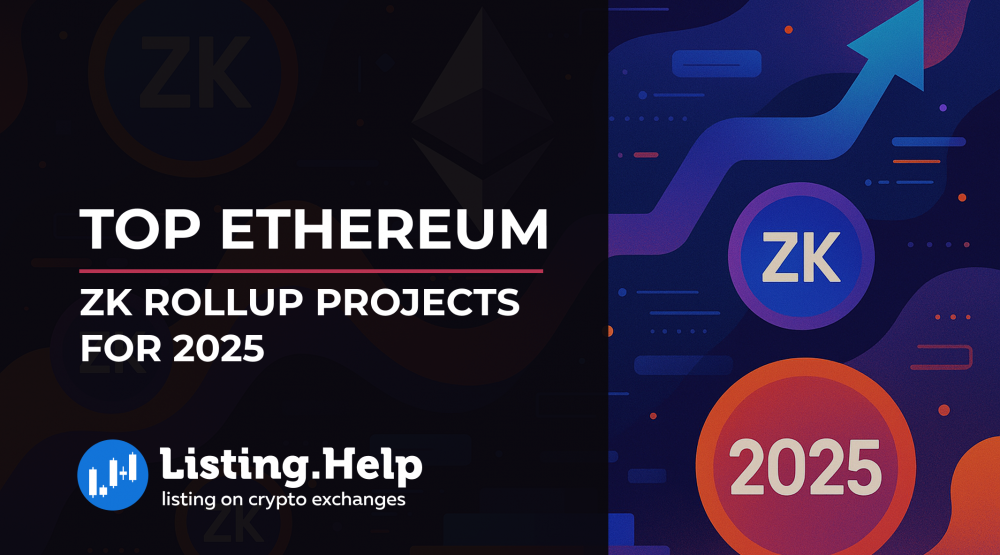


 November 10, 2025
November 10, 2025 